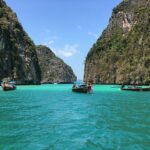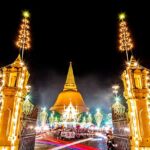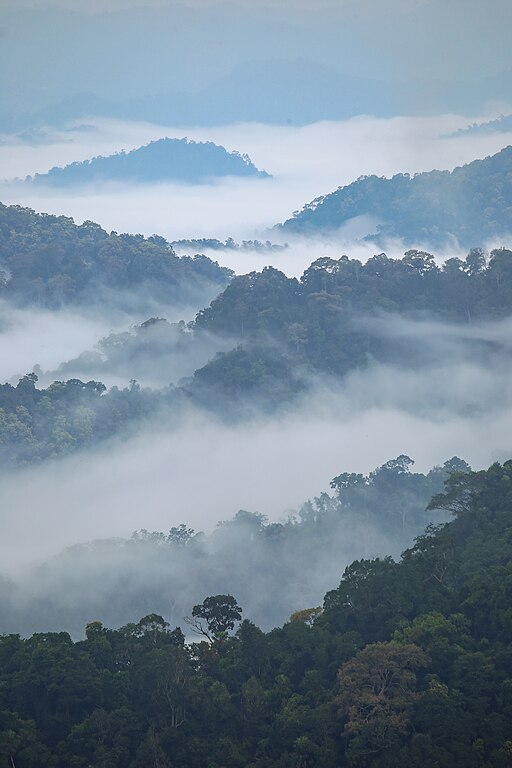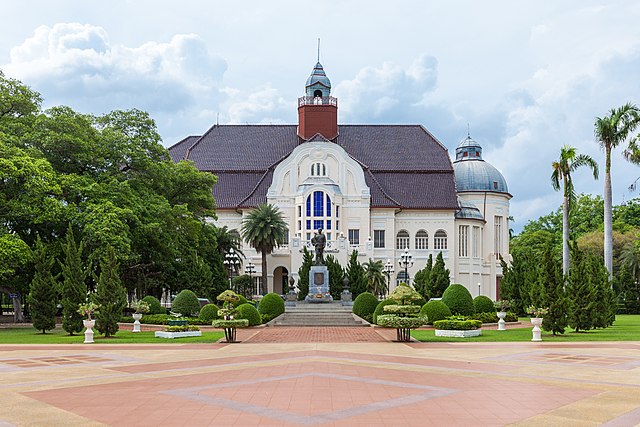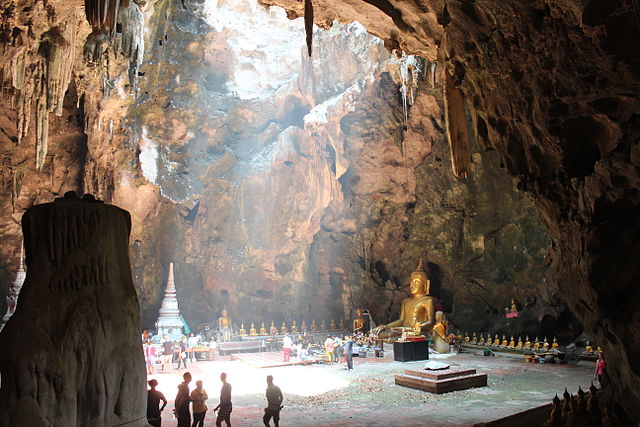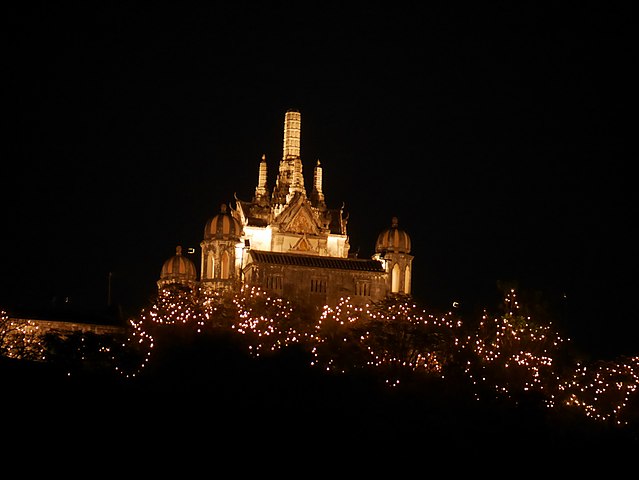
In Kanchanaburi, Thailand, the Vajiralongkorn Dam melds modern engineering with natural beauty, symbolizing progress and aiding environmental conservation.
The Vajiralongkorn Dam, situated on the Kwai Noi River, is an exemplary feat of engineering. Its primary purpose is to generate hydroelectric power by harnessing the energy of the flowing river. The dam’s massive concrete structure, equipped with turbines, efficiently converts the force of water into electricity, contributing significantly to Thailand’s power grid.
The dam’s reservoir, sprawling across acres of land, is a testament to human ingenuity in regulating water flow. It serves as a mechanism to control floods during the monsoon season while ensuring a consistent water supply for irrigation downstream, supporting agricultural activities and local communities.
Proactive measures minimize the environmental impact of the Vajiralongkorn Dam, despite altering the local ecosystem during construction. The reservoir, although man-made, has evolved into a thriving habitat for diverse flora and fauna. Efforts to preserve the surrounding biodiversity include reforestation initiatives and wildlife conservation programs, ensuring the sustainability of the region’s natural resources.

Moreover, the dam’s operations prioritize ecological balance, maintaining river ecosystems and water quality downstream. Sustainable water management practices aim to mitigate any adverse effects on the environment while maximizing the dam’s efficiency in energy production and water regulation.
Beyond its environmental significance, the Vajiralongkorn Dam has played a pivotal role in fostering regional development and empowering local communities. The stable supply of electricity generated by the dam fuels industries, supports infrastructure development, and drives economic growth in the area. It has contributed significantly to the improvement of living standards and opportunities for the residents of Kanchanaburi.
The reservoir’s picturesque setting has also become a focal point for recreational activities and tourism. The dam’s scenic landscapes draw visitors who engage in activities like boating, fishing, and nature appreciation, boosting local tourism revenue.
The Vajiralongkorn Dam isn’t merely a structural marvel; it’s a symbol of cultural pride and heritage. Site centers offer insights on the dam’s construction, tech advancements, and historical context. Visitors grasp its cultural and engineering significance.
The dam provides an immersive experience for visitors, offering panoramic views of the reservoir, guided tours explaining its operations, and glimpses into the lives of local communities affected by its construction. Educational initiatives focus on raising awareness about the dam’s role in sustainable development and environmental conservation.
The Vajiralongkorn Dam in Kanchanaburi stands as a testament to human innovation, environmental responsibility, and community empowerment. As a symbol of progress, it shows harmony between development and nature. Its legacy tells of responsible engineering and cultural significance.
Additionally, let’s continue to Sai Yok Noi Waterfall , which is in the same area of the province.
More pictures here




